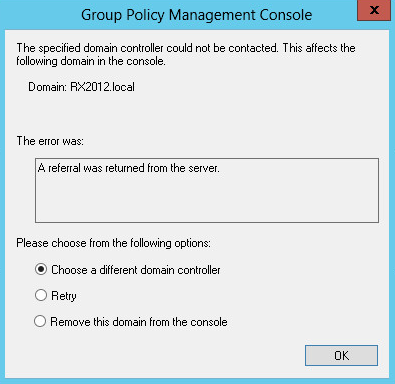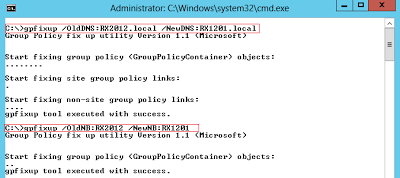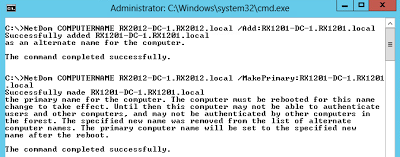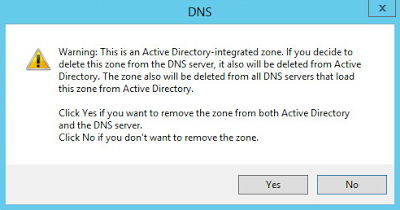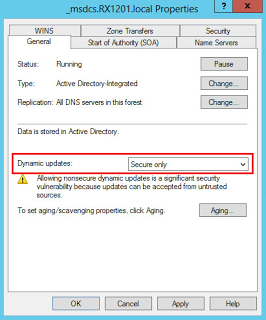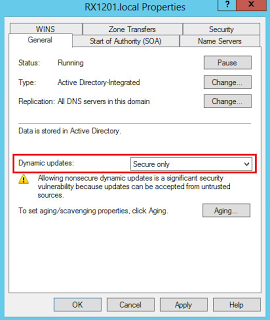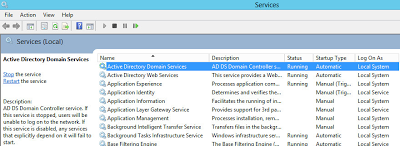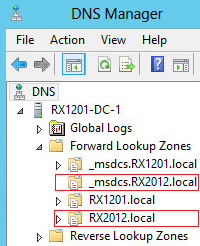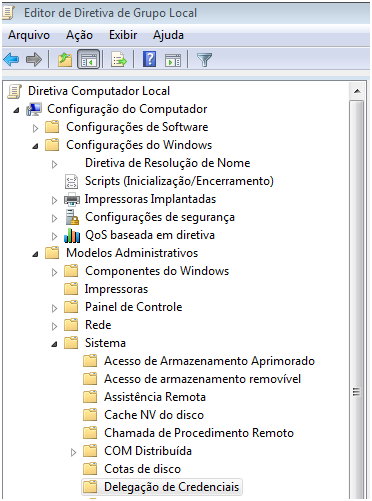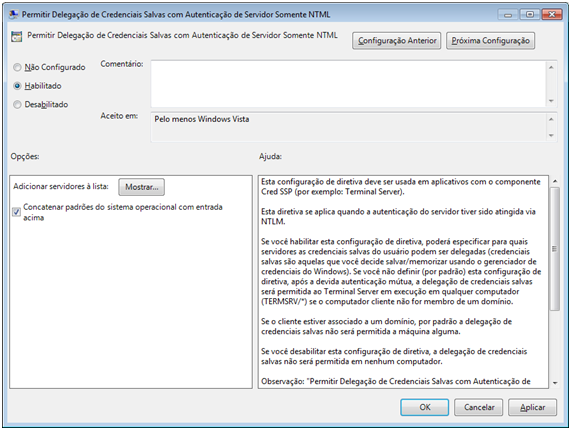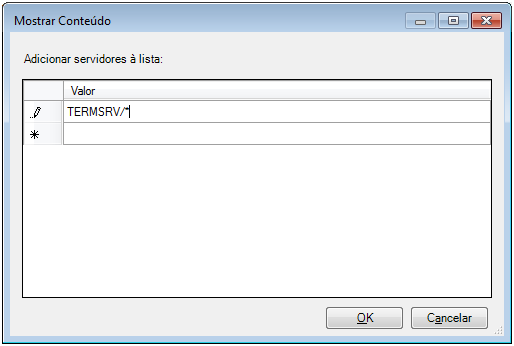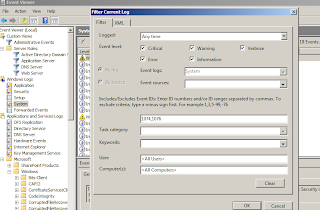I would like to suggest you rename the current registry files and restore the registry files from the RegBack folder to troubleshoot the issue.
1. Insert the Windows Server 2008 R2 installation disc in the optical drive, and then restart the computer.
2. Press any key when you are prompted to restart from the disc.
3. When you are prompted, configure the Language to install, Time and currency format, and Keyboard or input method options that you prefer, and then click “Next”.
4. On the Install Windows page, click “Repair your computer”.
5. On the System Recovery Options page, click the version of the Windows Vista operating system that you want to repair, and then click “Next”.
6. On the System Recovery Options page, click “Command Prompt”.
7. Type the following command lines:
Cd C:\windows\system32\config\
Ren default default.old
Ren sam sam.old
Ren security security.old
Ren software software.old
Ren system system.old
Cd C:\windows\system32\config\regback\default
Copy default C:\windows\system32\config /y
Copy sam C:\windows\system32\config /y
Copy security C:\windows\system32\config /y
Copy software C:\windows\system32\config /y
Copy system C:\windows\system32\config /y
8. Restart the computer





